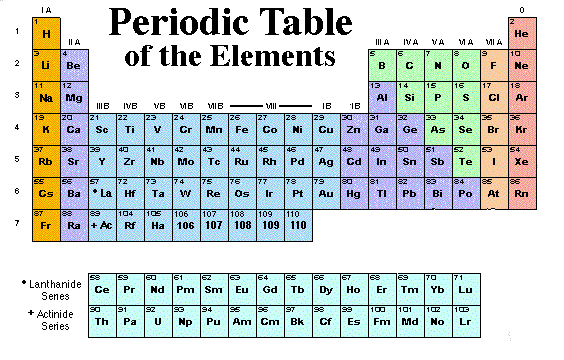Revolutionary solar cells double as lasers
Commercial silicon-based solar cells - such as those seen on the roofs of houses across the country - operate at about 20% efficiency for converting the Sun’s rays into electrical energy. It’s taken over 20 years to achieve that rate of efficiency.
A relatively new type of solar cell based on a perovskite material - named for scientist Lev Perovski, who first discovered materials with this structure in the Ural Mountains in the 19th century - was recently pioneered by an Oxford research team led by Professor Henry Snaith.










_300.jpg)

